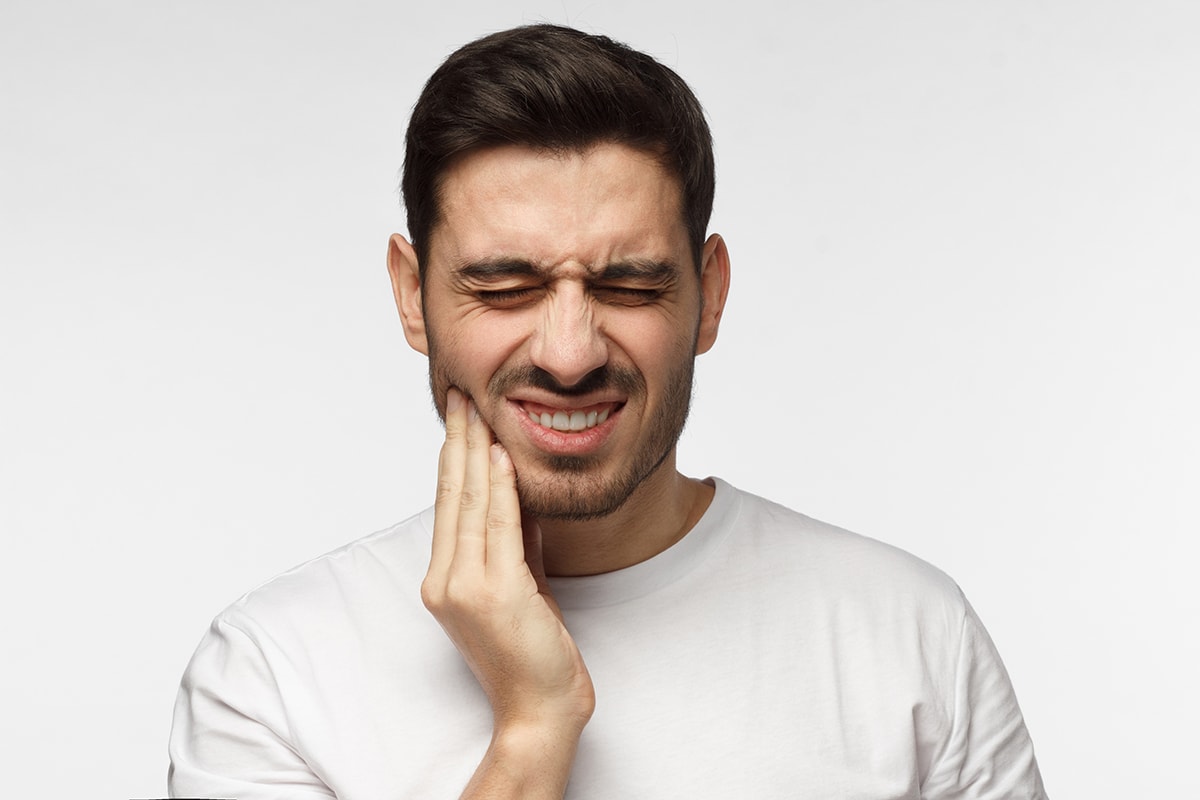
TMJ: Temporomandibular Joint
It is the joint that connects your lower jaw to your skull. You can feel its movement about 10-15mm in front of your ears on each side. It is the only joint in the body that is bilateral. This unique structure requires precise balance not only between the supporting muscle of one side but also on the opposite side.
TMD: Temporomandibular Disorder
Any irregularity of the supporting muscles or within the joint that causes TMJ dysfunction. It is a common mistake to refer to TMD as TMJ.
Facts
Causes
Treatments
Due to the unknown nature of the cause and the effectiveness of most treatment, we strongly advise taking the safest steps in treatment; the most conservative and reversible treatment possible.
Eat softer food: Like any injured joint in your body, the first approach is to avoid overloading it. Avoid eating hard food that requires heavy pressure to chew them. Examples are ice, steak, and sandwich wraps as these are amongst the worst in this category.
Limit your jaw movement: Control your jaw by not opening widely while yawning. Stay away from blowing musical instruments that require a certain jaw position to play them.
Avoid chewing gum: Chewing gum applies a constant workload on your jaw. Do you run a marathon when your knee hurts?
Apply moist heat or cold: The source of heat or cold needs to be moist to affect the deeper layer of the muscles. Dry heat such as a hot towel will not be as effective. We recommend using a hot/ice pack. Apply the pack to the affected side for a few minutes and do it periodically throughout the day.
Medication: Over the counter pain medication such as ibuprofen can relieve muscle pain. In more severe cases, prescription medicine such as a muscle relaxant, anti-anxiety, anti-depressant might be required. Consult with your family physician or dentist to find out if you are a candidate for prescription medicines.
Dental work: Replacing a missing tooth by your dentist, replacing an old filling or adjusting a new filling/crown can help reduce the pain, especially if the pain happens right after recent dental work.
Orthodontic treatment: If the TMD is solely caused by a bad bite, orthodontic treatment can help. However due to the multifactorial cause of TMD; going through orthodontic treatment solely with the purpose of treating TMD might not be the right decision. In some rare cases, the transitional bite during the orthodontic treatment may worsen the symptoms of the TMD.
Splint or bite guard: It is a custom made resilient plastic material. It’s an intra-oral appliance similar to a sports mouthpiece in look. It is most commonly used to treat TMD. It acts as a cushion between your teeth to absorb the severe forces due to clenching or grinding. It also helps in repositioning your joint in case of minor dislocation.
Surgery: This can vary from a closed or open surgical procedure to joint replacement. These approaches invade the tissue. They should be the last option and avoided when possible.




